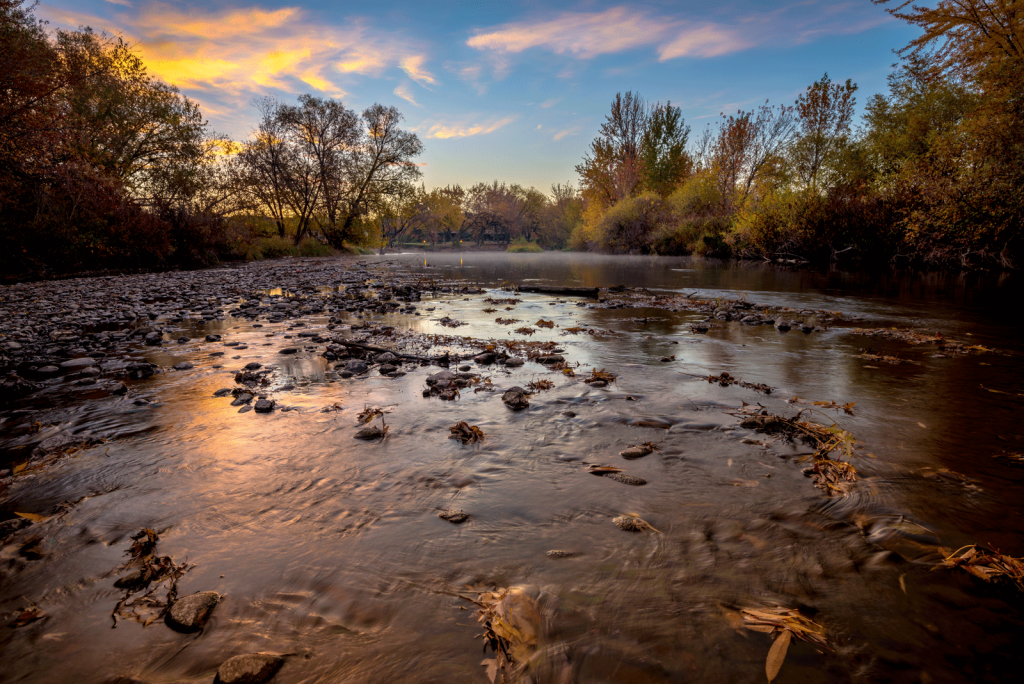
Exploring how deep-rooted native grasses capture and store carbon, making them valuable tools in the fight against climate change.
As the effects of climate change become more pronounced, landowners and conservationists are looking for sustainable ways to reduce carbon emissions and restore ecosystem health. One powerful and often overlooked solution is growing right beneath our feet: native grasses.
At All Native Seed, we’ve seen firsthand how native grass plantings, especially those used in Conservation Reserve Program (CRP) projects, can support climate mitigation efforts by capturing and storing atmospheric carbon. Here’s how it works, and why it matters.
What Is Carbon Sequestration?
Carbon sequestration is the process of capturing and storing atmospheric carbon dioxide (CO₂), one of the main greenhouse gases contributing to climate change. While forests are often recognized for their carbon-storing capabilities, grasslands and prairies, when restored with native vegetation, are equally important.
Unlike conventional row crops, native grasses develop deep, fibrous root systems that sequester carbon underground for long periods, often several feet below the surface. These root systems also help build soil organic matter, which acts as a stable carbon sink.
Why Native Grasses Are Climate Champions
Deep Roots = Deep Carbon Storage
Species like Big Bluestem, Switchgrass, Indiangrass, and Little Bluestem send roots as deep as 6 to 10 feet into the soil. These extensive roots not only stabilize the soil but also draw in CO₂ from the atmosphere and store it underground.
Long-Term Stability
Once established, native grasslands are relatively low-maintenance and do not require annual tilling, one of the major sources of carbon loss in agriculture. This helps preserve stored carbon and reduce emissions associated with soil disturbance.
Biodiversity Boost
Diverse native plantings support healthier ecosystems, which are more resilient to climate stressors like drought, flooding, and extreme temperatures. These systems foster a balance of carbon input and storage through healthy root growth and soil biology.
Improved Water Infiltration and Retention
Deep-rooted grasses increase water-holding capacity and infiltration, reducing runoff and promoting cooler, moister microclimates, further helping mitigate the effects of warming temperatures.
How CRP Programs Support Climate Mitigation
CRP practices such as CP2 (Native Grasses), CP4D (Permanent Wildlife Habitat), and CP42 (Pollinator Habitat) incentivize landowners to establish native grasses on marginal or environmentally sensitive lands. These practices help:
- Convert degraded cropland into carbon-rich prairies
- Reduce erosion and maintain long-term soil health
- Enhance wildlife habitat, improving biodiversity and ecosystem services
- Capture and store carbon in soil and biomass
Research has shown that restored grasslands can sequester up to 1.7 metric tons of CO₂ per acre per year, making CRP enrollments a smart climate investment.
The ANS Advantage: Seeding for Sustainability
At All Native Seed, we’re committed to helping landowners and conservation professionals establish native grasses that provide measurable environmental benefits, including carbon sequestration.
We provide:
- NRCS-compliant native seed mixes
- BOOST-treated seed for improved germination and seedling vigor
- Expert advice on site preparation, planting, and long-term success
- Guidance on selecting grasses that maximize root depth and carbon storage
Whether you’re enrolling in CRP, planning a restoration project, or simply want to contribute to climate resilience, our seed and support can help you make a lasting impact.
Final Thoughts: Native Grasses as a Natural Climate Solution
Climate change requires solutions that are scalable, practical, and rooted in ecology. Native grasses offer all of that—and more. By planting and maintaining native grasslands, landowners play a vital role in reducing greenhouse gases and restoring the balance of our natural systems.
Interested in boosting your land’s climate resilience?
Contact All Native Seed today to get started with high-quality native seed and expert support for your conservation p
